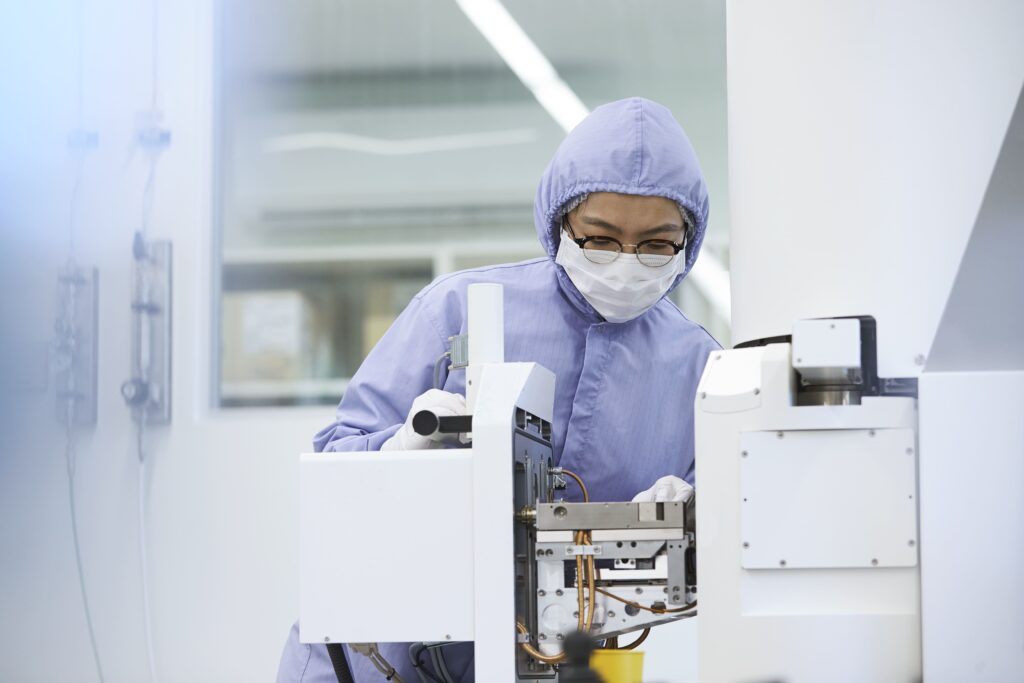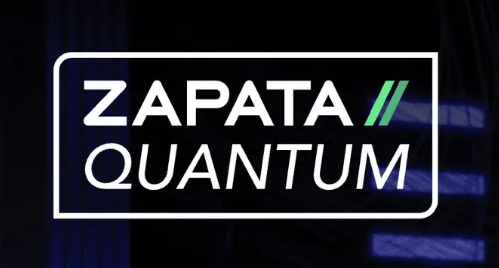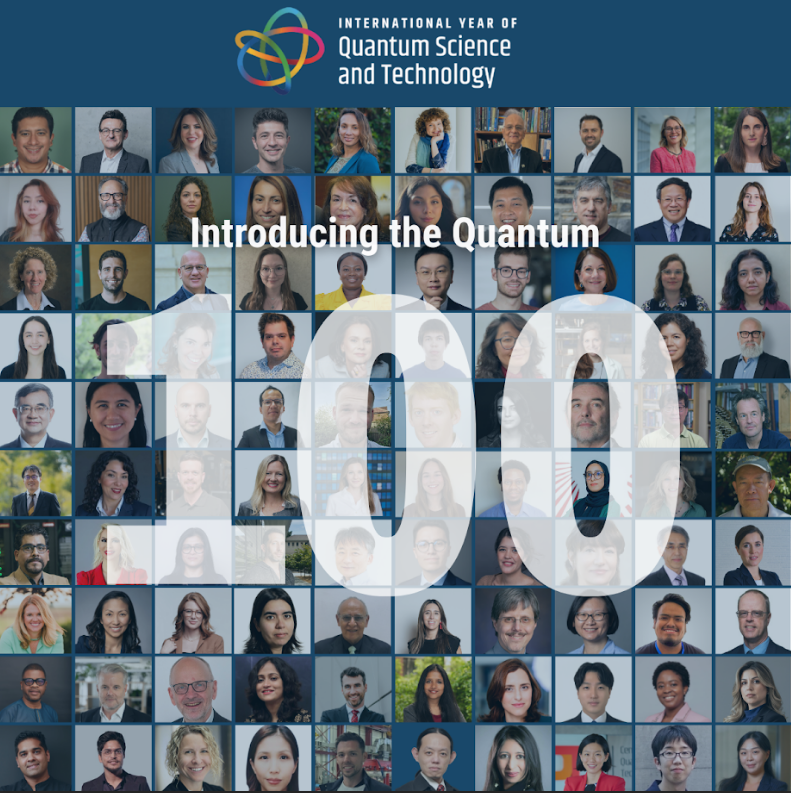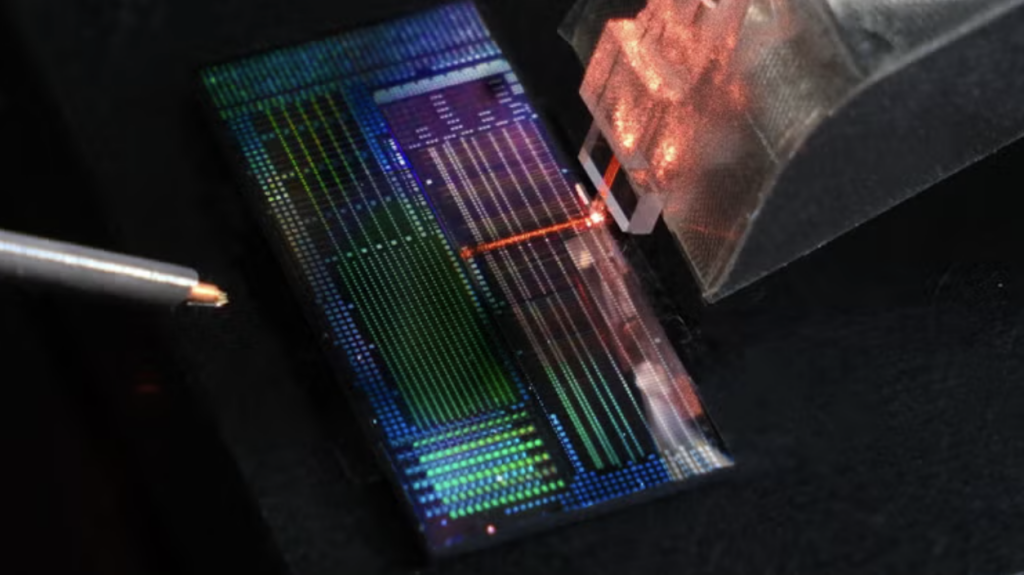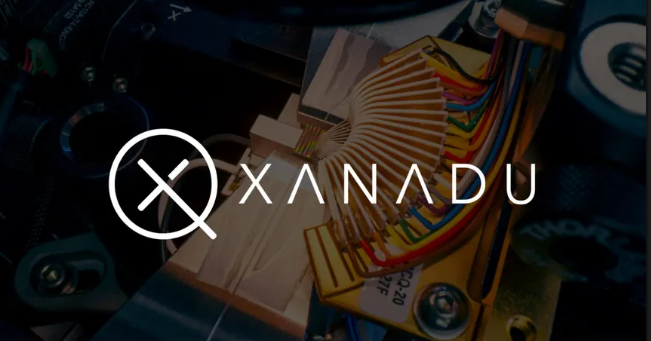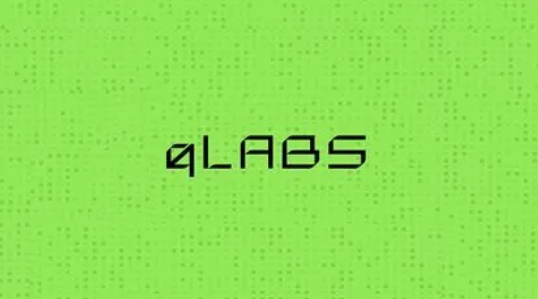Insider Brief
- IonQ reported third-quarter revenue of $39.9 million, up 222% year over year, while posting a net loss of $1.1 billion as it expanded investments in technology and global operations.
- The company raised its 2025 revenue guidance to between $106 million and $110 million and reaffirmed an adjusted EBITDA loss midpoint of about ($211 million), according to a company statement.
- IonQ achieved new technical records, completed acquisitions of Oxford Ionics and Vector Atomic, and ended the quarter with $3.5 billion in pro forma cash following a $2 billion equity offering.
IonQ, Inc. reported third-quarter revenue of $39.9 million, a jump of 222% from a year earlier and 37% above its previous guidance range. The gain reflects accelerating demand for quantum computing contracts and partnerships, but steep losses underscore the financial strain of building the next generation of computing hardware.
“I am pleased to report that we once again beat the high end of our revenue guidance, this time by 37%. We are also raising our revenue expectations for the full year to $110 million at the high end of guidance,” Niccolo de Masi, Chairman and CEO of IonQ said in a company statement. “We delivered our 2025 technical milestone of #AQ 64 three months early, unlocking 36 quadrillion times more computational space than leading commercial superconducting systems. We achieved a truly historic milestone by demonstrating world-record 99.99% two-qubit gate performance, underscoring our path to 2 million qubits and 80,000 logical qubits in 2030.”
The company reported in a statement a net loss of $1.1 billion for the three months ended Sept. 30, 2025, according to its latest financial statement. Adjusted EBITDA loss came to $48.9 million, and adjusted earnings per share were ($0.17), compared with ($3.58) on a GAAP basis. IonQ offocials said the difference reflects non-cash adjustments and fair-value changes related to warrants and recent acquisitions. Despite the shortfall, the company described its performance as an inflection point toward scalable commercialization.

IonQ also highlighted its strengthened balance sheet, ending the quarter with $1.5 billion in cash, cash equivalents, and investments. After completing a $2 billion equity offering on Oct. 14, the pro forma total rose to $3.5 billion, giving the company a strong liquidity position, particularly in the quantum sector That capital, IonQ reported, will support accelerated product development, acquisitions and expansion into government and enterprise markets, according to the quarterly report.
Technical Milestones and Market Momentum
IonQ reported several new scientific and commercial milestones during the quarter that it said reinforced its leadership in trapped-ion quantum technology.
As mentioned, among its key achievements, IonQ announced record 99.99% two-qubit gate performance, which the company described as a world record for commercial quantum systems. The metric measures the accuracy of basic computational operations and is central to developing error-corrected, fault-tolerant machines.
The company also said its Tempo quantum computer achieved an algorithmic qubit score of #AQ 64, the highest yet reported and three months ahead of schedule. The company explained that the #AQ score measures the effective computational power of a quantum system, capturing both qubit number and quality. IonQ said the achievement expands the potential range of real-world applications its systems can run, from optimization to chemistry simulations.
Other technical developments included demonstrations of quantum frequency conversion to telecom wavelengths, an advance that would allow quantum computers to link through existing fiber-optic networks—and remote ion-ion entanglement, a crucial step toward scalable, networked quantum systems. IonQ also reported breakthroughs in synthetic diamond materials, a key enabler for clustered computing architectures, and said it had surpassed 1,000 total intellectual property assets, reinforcing its competitive moat.
“Our technical achievements continue to solidify IonQ’s quantum platform as the most complete and powerful in the world, with a correspondingly larger addressable global market,” de Masi said in the statement. “Our Electronic Qubit Control systems and world-record fidelity, combined with uniquely low unit economics at full fault tolerance, underpin IonQ as the global leader in a class of its own in quantum computing. Meanwhile, we are on a clear trajectory to deliver critical quantum cybersecurity infrastructure, ultra-precise quantum navigation, quantum timing solutions, and large-scale networked quantum systems.”
He added, “Now with $3.5 billion of pro-forma net cash, we are continuing to reap the compounding benefits of our scale and momentum advantages, entrenching our position as the dominant force in quantum and the only complete platform solution. I am confident in our ability to deliver growth and value creation for IonQ shareholders in 2026.”
Commercial Partnerships and Acquisitions
The quarter saw IonQ broaden its commercial footprint through new partnerships and acquisitions. The company reported that it had joined a Swiss consortium in Geneva to launch the first citywide dedicated quantum network, working alongside CERN, Rolex, the Swiss government, and local universities.
IonQ said it also collaborated with a Global 1000 automotive manufacturer to simulate complex chemical systems with quantum accuracy, potentially supporting materials that slow climate change. It signed a memorandum of understanding with the U.S. Department of Energy to advance quantum technologies for space applications, and partnered with Oak Ridge National Laboratory on quantum power-grid optimization and hybrid quantum-classical workflows.
In Asia-Pacific, IonQ announced a strategic collaboration with Emergence Quantum to expand its regional presence and participation in Australia’s quantum ecosystem. It also reported that KISTI, South Korea’s national supercomputing institute, selected IonQ as its primary quantum partner for the country’s first National Quantum Computing Center of Excellence.
IonQ further deepened its capabilities through acquisitions of Oxford Ionics and Vector Atomic, two firms specializing in ion-trap control and quantum sensing. The company said these purchases will improve scalability and cost efficiency by incorporating semiconductor manufacturing methods and broaden its full-stack technology portfolio.
Leadership Changes and Organizational Growth
The company reported multiple senior appointments intended to strengthen management depth during its expansion phase. IonQ named Inder M. Singh as Chief Financial and Chief Operating Officer, citing his experience guiding high-growth technology firms. It appointed Dr. Chris Ballance as President of Quantum Computing and Dr. Marco Pistoia as Chief Executive Officer of IonQ Italia, a new subsidiary supporting operations in Europe, the Middle East, and Africa. The company also appointed Dean Acosta Chief Corporate Affairs and Government Relations Office.
To meet increasing government demand, IonQ launched IonQ Federal, a division focused on defense, intelligence, and allied government customers. The company said it will leverage this unit to develop secure quantum systems for U.S. and partner nations.
Financial Outlook and Key Risks
IonQ raised its 2025 full-year revenue outlook to between $106 million and $110 million, reflecting the strength of recent contract signings and partnerships. The company reaffirmed an adjusted EBITDA loss midpoint of about ($211 million), citing ongoing heavy R&D investment.
While the financial guidance demonstrates confidence in sustained growth, the company’s losses and spending levels will be watched by analyst. IonQ reported it continues to prioritize research and capital expenditures over short-term profitability, meaning investors may need to wait before positive cash flow appears.
Analysts tracking the quantum sector have warned that hardware timelines remain uncertain and that customer adoption of quantum computing is still largely experimental.
Read IonQ’s complete quarterly report here.












